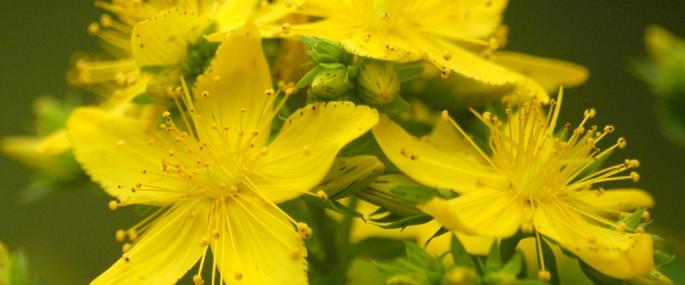Perforate St John's-wort can be found in open woods, along hedgerows and roadside verges and on waste ground. Its bright yellow flowers appear from June to September and the blood-red juice that exudes from its stems has made it a focus for much myth and ritual. For instance, torchlight processions and gorse-burning were just some of the activities undertaken on Midsummer's Day, a pagan festival soon replaced by the Feast of St John the Baptist, hence the common name of this plant. It's also said that the red juice from its stem represents his bloody murder.
The Wildlife Trusts manage many nature reserves for the benefit of all kinds of wildlife, including many different species of plants. But these precious sites are under threat from development, intensive agricultural practices and climate change. You can help by supporting your local Trust and becoming a member; you'll find out about exciting wildlife happenings, events on your doorstep and volunteering opportunities, and be helping local wildlife along the way.
